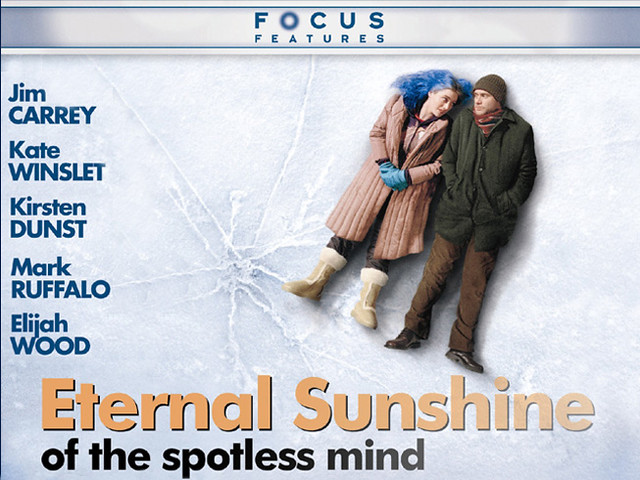Analyzing Ariana Grande’s “Eternal Sunshine”: IP Rights Exposed

Ariana Grande, one of the music industry’s biggest stars, recently released her highly anticipated single, “Eternal Sunshine.” Beyond its catchy melodies and heartfelt lyrics, this song offers a unique opportunity to explore the complex world of intellectual property (IP) rights in music. In this article, we’ll delve into the legal aspects of music IP rights, using “Eternal Sunshine” as a case study.
Understanding Music IP Rights:
Music IP rights encompass various elements, including copyright protection for compositions (lyrics and melodies) and sound recordings. These rights give creators exclusive control over their work, allowing them to monetize and protect their artistic expression. In the case of “Eternal Sunshine,” both Grande and her collaborators may hold copyright interests in the song’s lyrics, melody, and production.
Sampling and Interpolation:
One aspect of music IP rights that often sparks legal debates is sampling and interpolation. Artists may incorporate elements of pre-existing songs into their own compositions, leading to questions of copyright infringement and fair use. In “Eternal Sunshine,” listeners may recognize familiar melodies or lyrical motifs, raising issues of originality and creative expression.
Licensing and Royalties:
Navigating the music industry’s complex licensing and royalty system is essential for artists, producers, and rights holders. Licensing agreements dictate how a song can be used, distributed, and monetized, while royalties ensure that creators receive compensation for their work. Grande’s team would have negotiated licensing deals for “Eternal Sunshine,” determining how the song can be streamed, sold, and performed.
Challenges and Opportunities:
Despite advancements in technology and digital distribution, challenges persist in protecting and enforcing music IP rights. Piracy, unauthorized sampling, and streaming revenue distribution are ongoing concerns for rights holders. However, new opportunities emerge as artists explore innovative business models, such as non-fungible tokens (NFTs) and direct fan engagement platforms.
Conclusion:
In conclusion, “Eternal Sunshine” offers a glimpse into the multifaceted world of music IP rights. By analyzing the legal aspects of Grande’s latest release, we gain insights into the complexities of copyright protection, licensing agreements, and creative expression in the music industry. As artists continue to push boundaries and evolve their craft, understanding and protecting music IP rights remain paramount.
Feel free to adjust and expand upon this outline to create a comprehensive article on intellectual property rights in music! Let me know if you need further assistance or if you’d like to move on to the next topic.


